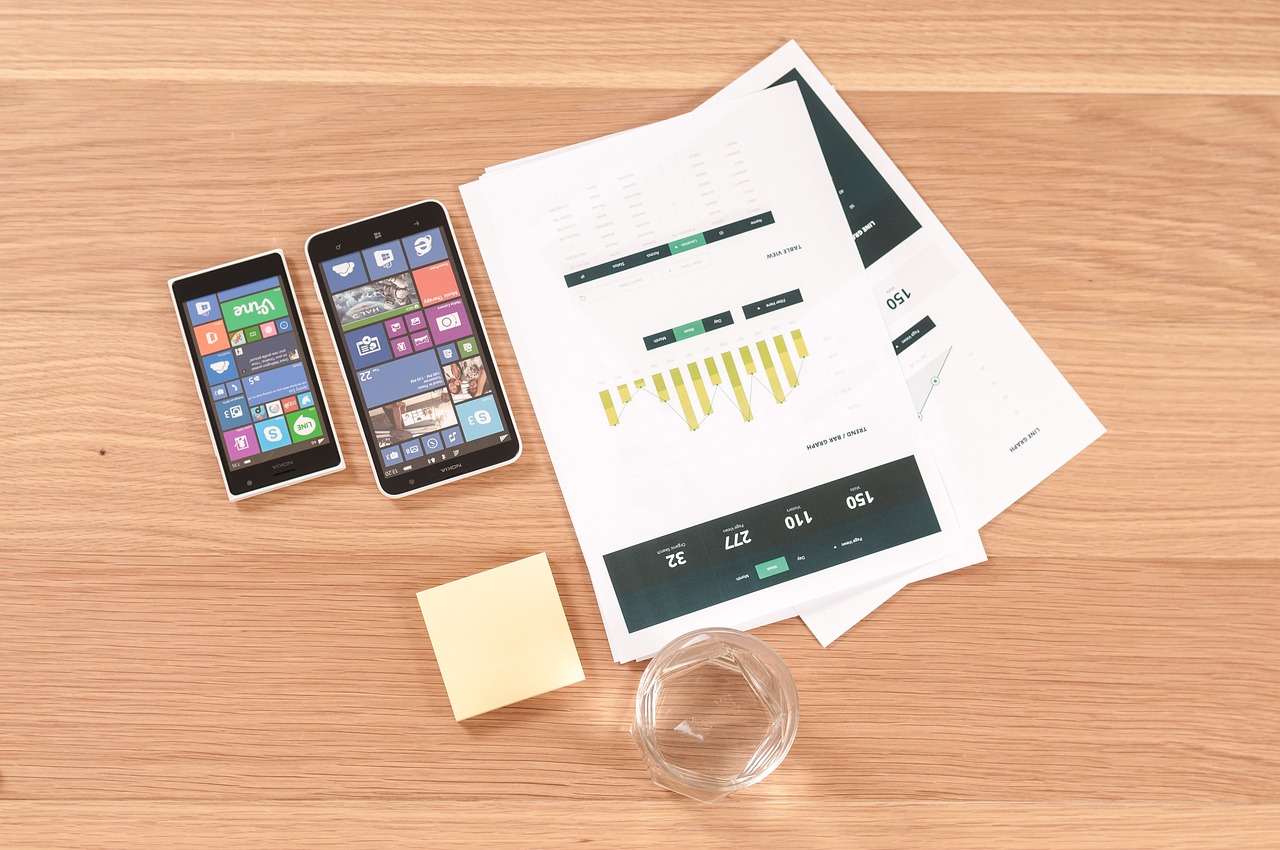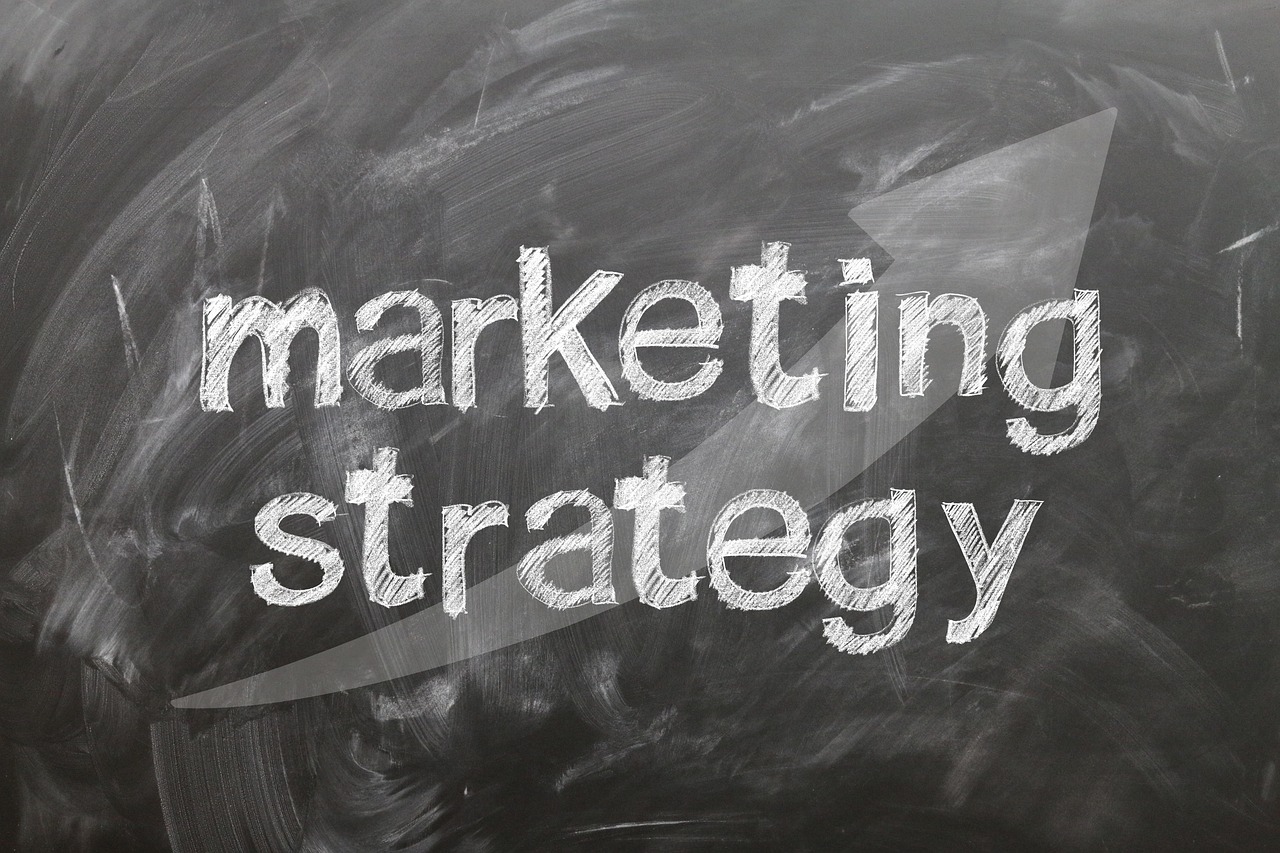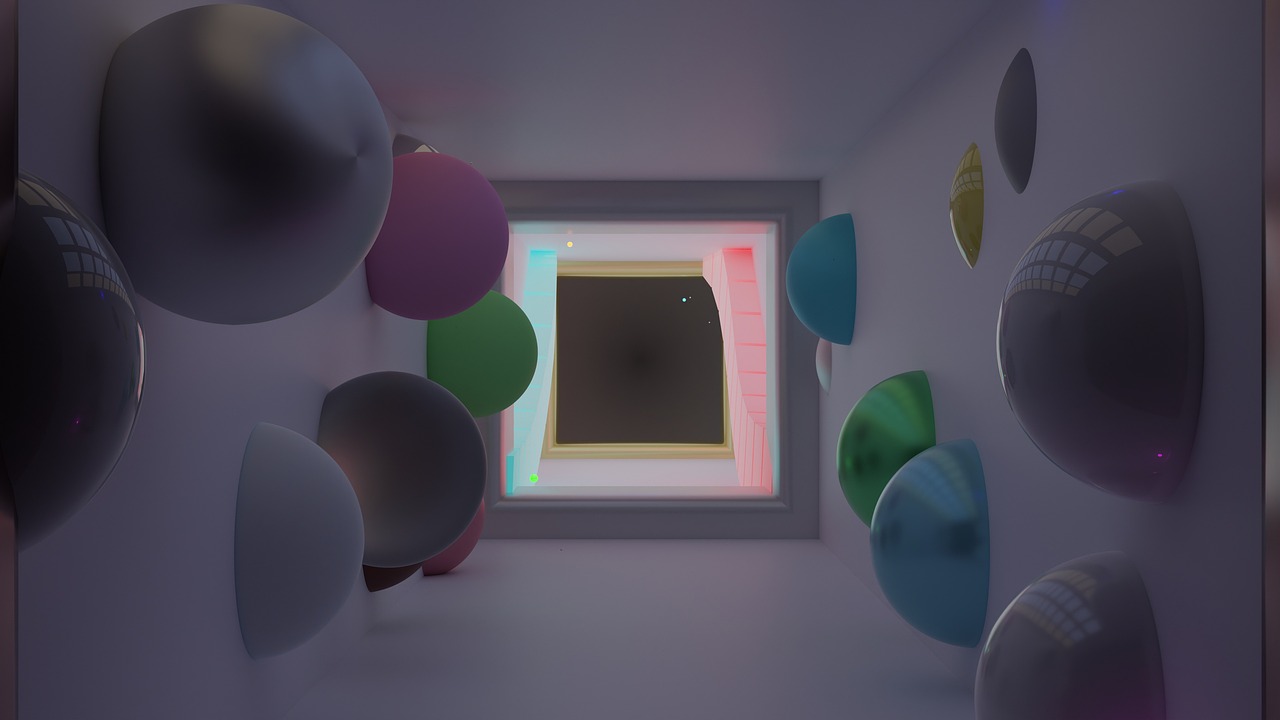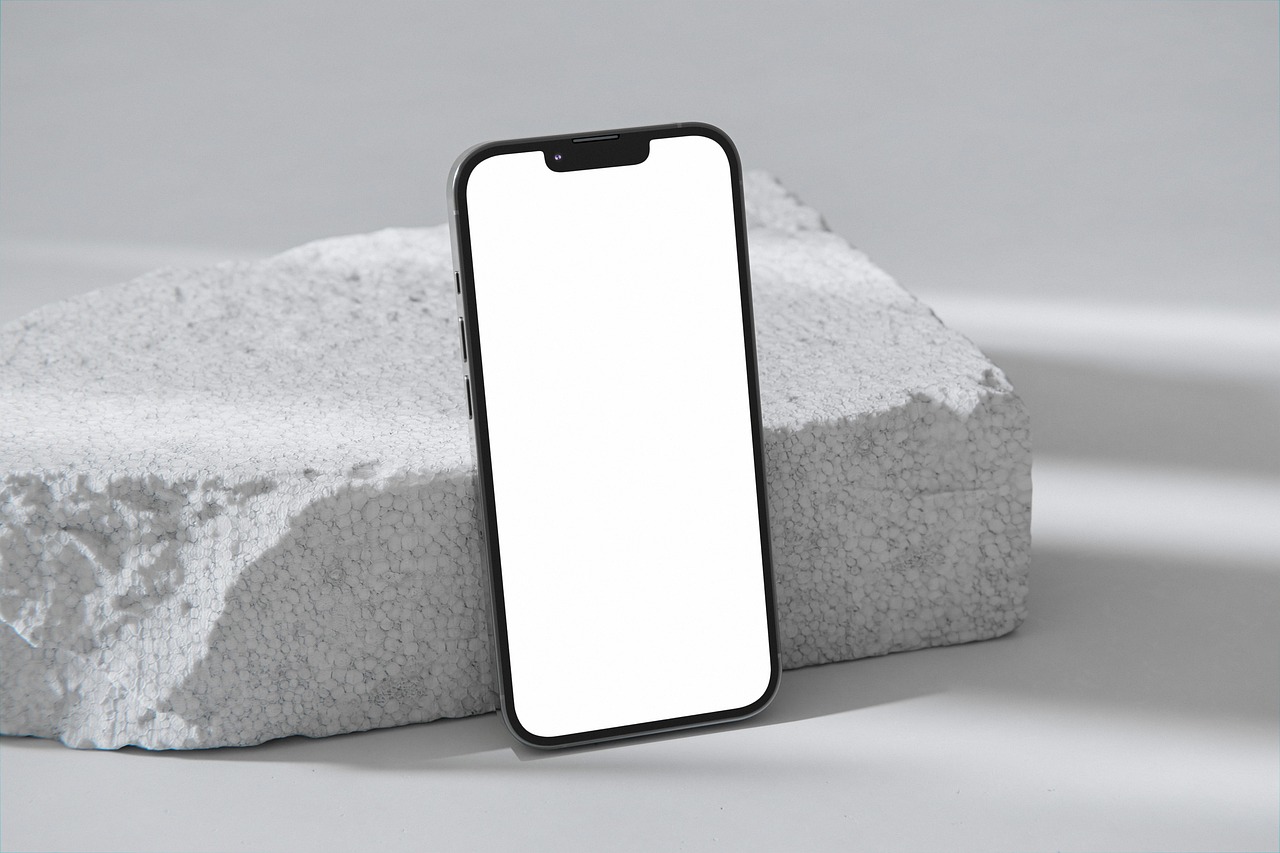Ever had a moment where you landed on a website, and within seconds you just felt like you were in the right place? The layout clicked. The buttons did what you expected. The experience was smooth, maybe even delightful. That’s not magic. It’s creative UX design powered by design thinking. And yes, it’s changing the way businesses grow, compete, and succeed online.
Where Creativity Meets UX Design
UX has come a long way since the days of just “making things look pretty.” These days, it’s about solving real problems in thoughtful, human-centered ways. But the real magic happens when you fuse UX with creativity. This isn’t just about whimsical illustrations or funky fonts. We’re talking about emotional resonance. Design that truly connects.
You’ve probably heard this a hundred times: “Your product needs to be intuitive.” Sure, but intuitive for whom? Good UX theory guides us to test ideas, measure interaction patterns, and trim the fat. But when you throw a bit of creative flair into the mix. Suddenly you’re not just designing for function… you’re designing for feeling.
That feeling? It impacts everything from bounce rates to brand loyalty and trust.
A Quick Story From the Trenches
A few years ago, I worked on a redesign project for a mid-size e-commerce brand in the UK. Their initial site felt cold. Purely transactional. Sure, functionality was there, but it lacked personality.
During user interviews we heard the same thing again and again: “I just didn’t feel like they cared.”
Ouch. That stung. But it lit a fire in the team. We rebuilt the interface with the users’ emotional journey in mind. We used warmer colors, friendlier copy, and micro-interactions that made the experience feel alive. Within three months of relaunch, conversions went up by 38%, and average session time nearly doubled. That’s not anecdotal fluff. We tracked every click, scroll, and smile.
Emotional Design Really Does Pay Off
There’s actual science behind this. Research published in the Journal of Usability Studies (Vol. 15, Issue 3, 2020) suggests users are more likely to perceive a product as effective if they have a positive emotional response during their interaction. Even if the product isn’t technically superior.
Think of it this way: great UX gets the user from A to B. Creative UX makes them smile on the way.
Why Investment in UX Is Smart Business
Let’s talk numbers. Because feelings are great, but ROI speaks the loudest in boardrooms.
A 2023 report by the Design Management Institute found that design-led businesses outperformed the S&P 500 by 211% over a ten-year period. Separate studies by Forrester have shown that, for every dollar invested in UX, businesses see returns of up to $100.
Even Salesforce. Hardly known for its cuddly branding. Leaned heavily into design thinking to streamline onboarding and improve user retention across its tools starting in 2019. Result? Their customer satisfaction scores increased significantly, contributing to sustained revenue growth quarter over quarter.
It’s simple: happier users stick around, buy more, and talk about their experience. And UX is the glue that makes that possible.
Striking the Balance: Innovation vs Usability
Creativity and usability don’t always play nicely in the sandbox. That’s the tightrope every good UX or product team walks daily.
In our studio, we use a framework based on the double diamond model. A tried-and-tested approach developed by the UK’s Design Council. It emphasizes divergent and convergent thinking during discovery and delivery stages. Translation: we go wild with ideas, then we ruthlessly filter them down to what actually works.
To keep the crazy in check, we use tools like:
- Figma prototypes for early validation
- Heuristic reviews to gut-check usability
- Regular user interviews to stay grounded
- Heat mapping and analytics tools like Hotjar for the raw truth
It’s not just about pushing boundaries. It’s about knowing when to push and when to polish.
Meet The UK Companies Winning Big With UX
Let’s spotlight a few real-world examples where clever UX built serious business momentum.
1. Monzo Bank
Their entire proposition is wrapped in design thinking. Frustrated by legacy banking? Monzo offers a joyful, transparent alternative driven by intuitive UX. From in-app budgeting tools to real-time spending alerts, everything feels easy and helpful. The kicker? Their rapid user growth. Over 8 million by the end of 2024. Is largely thanks to word-of-mouth fueled by seamless, delightful experiences.
2. ASOS
The fashion giant restructured its mobile UX in late 2022 after realizing most of its Gen Z shoppers were bouncing mid-checkout. They focused on thumb-accessible controls, smoother filters, and a more conversational tone. By Q1 2024, they reported a 22% increase in mobile conversions.
3. Trainline
These folks took a boring necessity. Train tickets. And made booking feel almost… fun? Their user-centered approach revealed that people wanted travel suggestions, not just destinations. The redesign, launched in mid-2023, added intuitive search and trip discovery features. They’ve seen both higher engagement and better app retention since.
The Bottom Line?
Creative UX, grounded in design thinking, isn’t just some trendy concept. It’s a weapon for business growth strategies. It doesn’t mean making things “look better.” It means crafting meaningful, intuitive, even joyful experiences that connect with users and make them stick around.
And in a digital world where competition is a click away, that connection might just be your edge.
So here’s the real question: are you treating design as surface decoration, or are you embracing its power to transform?
If you’re serious about growth, it might be time to let creative UX take the driver’s seat.
Frequently Asked Questions
What exactly is “creative UX” in practical terms?
Creative UX refers to user experience design that not only solves functional problems but does so in a way that resonates emotionally with users. It blends traditional usability principles with creativity. Through interface design, branding, micro-interactions, and storytelling. To enhance user engagement and loyalty.
How does design thinking differ from traditional design processes?
Design thinking is user-centered and iterative. It prioritizes empathy, testing, and evolving ideas based on real user feedback. Traditional design models often follow a linear, top-down approach where decisions come from assumptions rather than insights gained through testing and iteration.
Is UX design worth investing in for smaller businesses?
Absolutely. Especially for smaller businesses. UX improvements can lead to measurable increases in conversion, retention, and customer satisfaction. Even basic tweaks informed by user behavior can yield impressive returns without breaking the bank.
How do emotional design elements increase conversions?
When users feel emotionally connected to a product. Whether it’s through tone of voice, color choices, or intuitive feedback. They’re more likely to complete actions, return for repeat experiences, and recommend the product to others. That emotional “stickiness” often makes the difference when users have many similar options.
How can we measure if our UX is actually working?
The best indicators are behavioral data and direct user feedback. Tools like Google Analytics, Hotjar, Mixpanel, and usability studies can reveal where users drop off, what frustrates them, and what delights them. Combine that with regular testing and user interviews to stay aligned with real needs. Not just assumptions.
Want help reimagining your digital product with UX that drives real results? Let’s talk. The right design can change everything.






